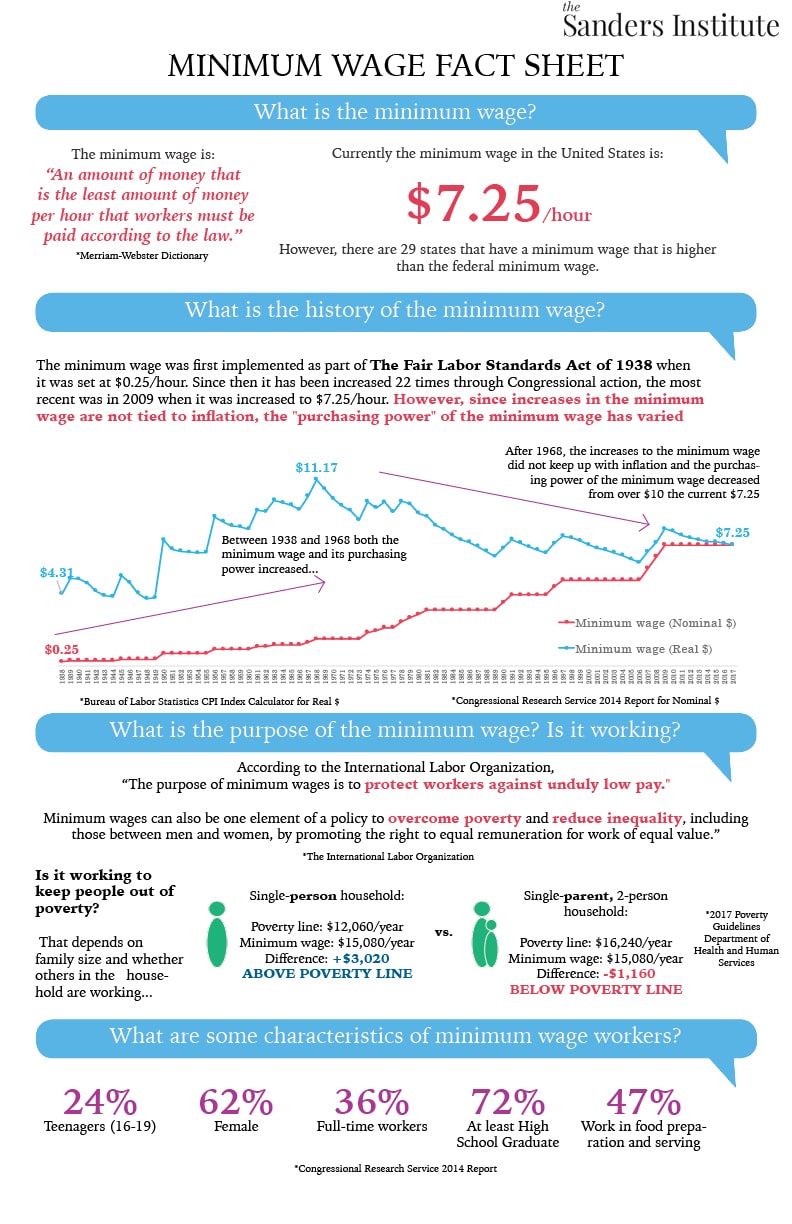Bill McKibben joined the Williams Community for an Earth Week talk, “Outside the Comfort Zone: Working for Change on an Overheated Planet.” McKibben is an author and environmentalist. His 1989 book The End of Nature is regarded as the first book for a general audience about climate change. He is a founder of 350.org, the first planet-wide, grassroots climate change movement.
